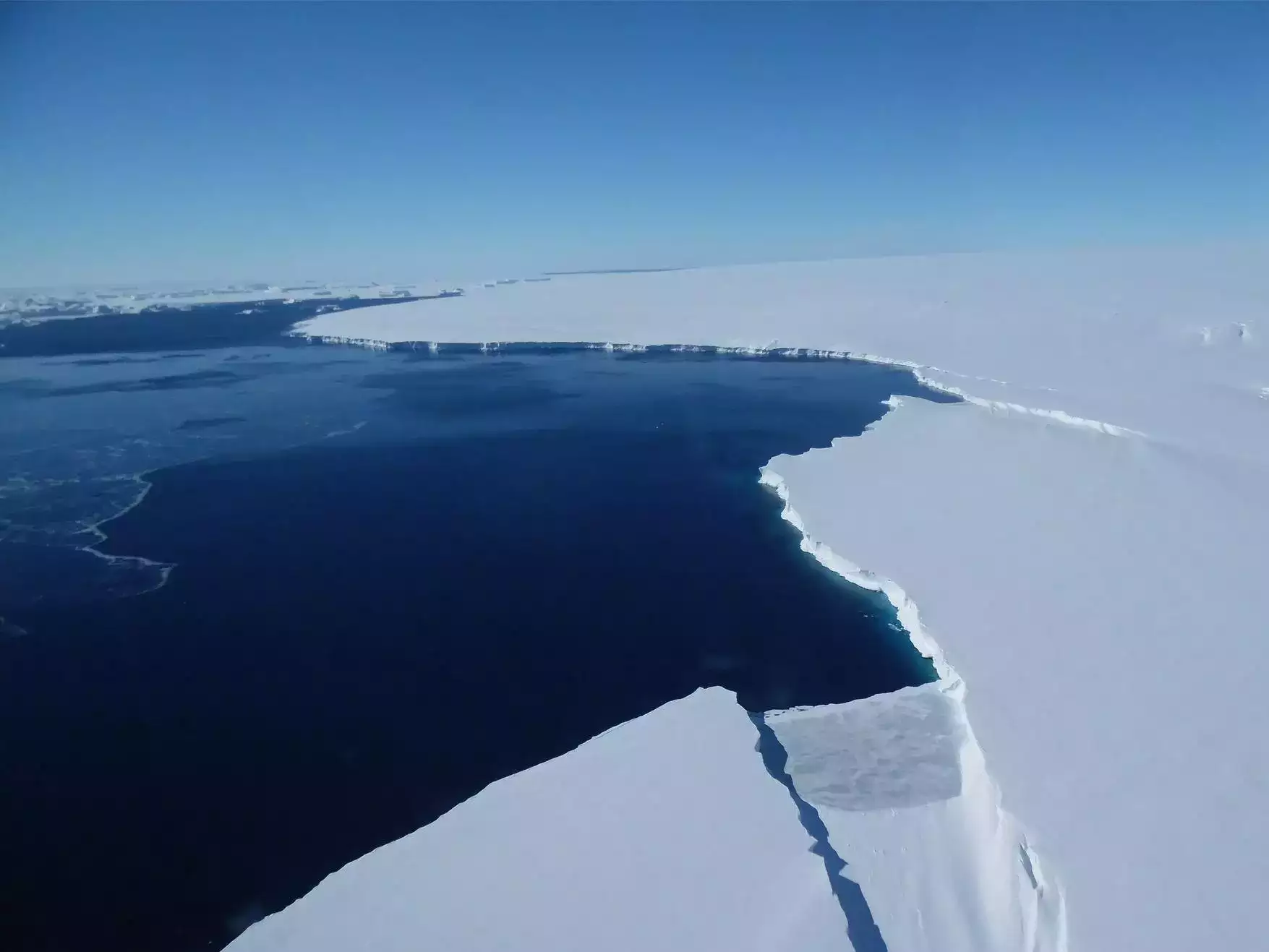An unexpected phenomenon is emerging in Antarctica as the continent is losing ice at an alarming rate due to global warming. A new study reveals that the reduction in sea ice might be creating heavier snowfall in the region.
Antarctica’s ice sheet, much like Greenland, holds a massive reservoir of freshwater. The primary source of snowfall in Antarctica is evaporation from surrounding oceans, with sea ice playing a pivotal role in regulating this process. The ice acts as a mirror, reflecting sunlight and cooling the planet, which has significant atmospheric and oceanic interactions.
Scientists predict that as global temperatures rise, shrinking sea ice levels will intensify oceanic evaporation, leading to heightened precipitation over Antarctica. The gradual absence of sea ice is ultimately leading to increased moisture in the atmosphere, resulting in more substantial snowfall on the ice sheet.
While the unexpected snowfall may temporarily slow the rapid rise in sea levels, the overall impact remains significant. Additionally, the excess atmospheric water vapor could lead to a locally amplified greenhouse effect, ultimately reducing the quantity of ice in the subsequent months.
Incorporating this additional snow into climate models could help improve our understanding of sea level rise, a subject that needs as much attention as it can get. Recent satellite data has highlighted significant changes in Antarctic sea ice patterns, emphasizing the urgency of understanding the causes and potential impacts on the Antarctic ice sheet.
The findings of this research have been published in Geophysical Research Letters and can be accessed here.

